The Legacy of Ancient Egypt - Lasting Contributions
Exploring the enduring impact of Ancient Egypt on art, architecture, religion, and technology, shaping civilizations for centuries. Unveiling the mysteries of the pyramids, hieroglyphics, pharaohs, and the Nile River's significance in history and culture.
Ancient Egypt's influence reverberates through time, leaving an indelible mark on the world. From the majestic pyramids that stand as testaments to human ingenuity to the intricate hieroglyphics that tell tales of a bygone era, the legacy of this ancient civilization is nothing short of awe-inspiring.
Artistically, the Egyptians were masters of their craft, creating sculptures, paintings, and jewelry that not only showcased their skills but also reflected their deep-rooted beliefs in the afterlife and deities. Each piece of art was imbued with symbolism and meaning, serving as a window into their spiritual world.
Architecturally, the grandeur of the pyramids, temples, and tombs speaks volumes about the Egyptians' architectural prowess and engineering marvels. These structures, built to honor pharaohs and gods, continue to stand as reminders of a civilization that reached for the skies.
In matters of religion, the Ancient Egyptians had a complex belief system centered around a pantheon of gods and goddesses, with the concept of Ma'at governing their moral and spiritual principles. Their rituals, ceremonies, and funerary practices offered insights into their worldview and the afterlife.
Technologically, the Egyptians were innovators in fields such as medicine, engineering, and astronomy. Their inventions, like papyrus and the calendar, revolutionized ancient societies and laid the foundation for advancements that followed.
The cultural influence of Ancient Egypt extended far beyond its borders, with customs, language, and traditions diffusing to neighboring regions and beyond. Even today, their legacy continues to inspire art, fashion, and storytelling in the modern world.
In modern Egypt, efforts to preserve Ancient Egyptian sites highlight the cultural significance of the country's heritage. These sites are not just relics of the past but integral parts of Egypt's identity and thriving tourism industry.
Global fascination with Ancient Egypt is evident in museums worldwide, where artifacts are displayed, and in pop culture references found in movies and literature. The enduring allure of this civilization captivates people of all ages and backgrounds, transcending time and borders.
Ancient Egypt's historical significance cannot be overstated. It has shaped the course of history, influencing other ancient civilizations and serving as a wellspring of inspiration for modern archaeological discoveries. The contributions of Ancient Egypt continue to enrich our understanding of the past and pave the way for future exploration.
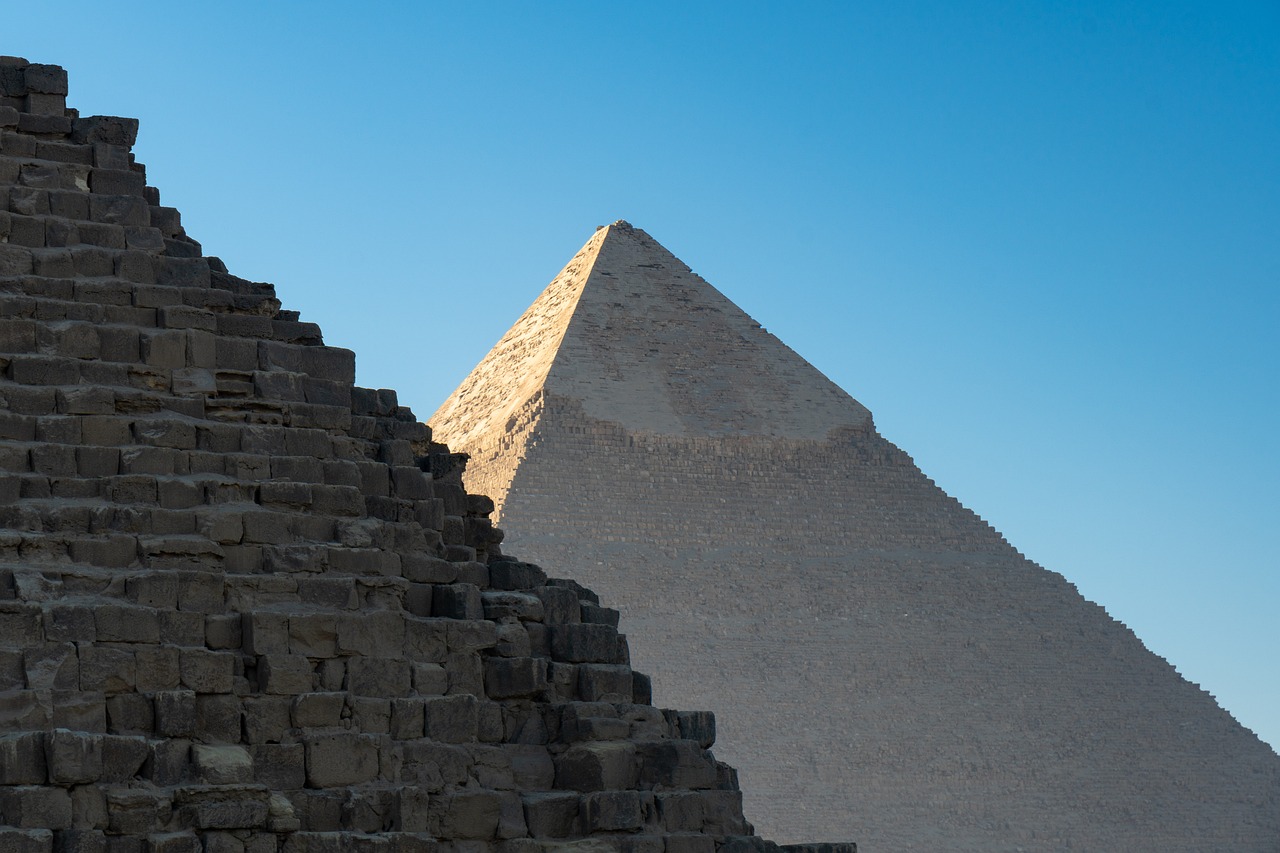
Artistic Achievements
Exploring the enduring impact of Ancient Egypt on art, architecture, religion, and technology, shaping civilizations for centuries. Unveiling the mysteries of the pyramids, hieroglyphics, pharaohs, and the Nile River's significance in history and culture.
Delving into the exquisite artistry of Ancient Egyptian sculptures, paintings, and jewelry, reflecting their beliefs in the afterlife and gods. Unraveling the symbolism and techniques that influenced art across the ages.
Ancient Egyptian artistry is a mesmerizing tapestry woven with intricate details and profound symbolism. The sculptures, with their serene faces and elegant poses, capture the essence of eternity. Each stroke of paint on the walls of tombs tells a story of the journey to the afterlife, guided by the gods. The jewelry, adorned with precious gems and intricate patterns, reflects the reverence for beauty and craftsmanship.
The art of Ancient Egypt was not merely decorative but a gateway to the spiritual realm, a means to communicate with the divine. The figures of gods and pharaohs immortalized in stone and paint served as a bridge between the mortal world and the realm of the gods. The use of hieroglyphics, a form of symbolic writing, added another layer of depth to their artistic expressions, preserving their beliefs and stories for eternity.
Through their art, the Ancient Egyptians sought to capture the essence of life and death, the cyclical nature of existence, and the eternal presence of the divine. Their artistic achievements continue to inspire awe and admiration, transcending time and geography to touch the hearts and minds of people across the globe.
- What is the significance of hieroglyphics in Ancient Egyptian art? Hieroglyphics were a form of symbolic writing used by the Ancient Egyptians to communicate their beliefs, stories, and history through intricate symbols and images.
- How did Ancient Egyptian jewelry reflect their beliefs? Ancient Egyptian jewelry was intricately crafted with symbolic motifs and precious materials to symbolize the importance of beauty, craftsmanship, and spirituality in their culture.
- Why are Ancient Egyptian sculptures considered timeless? Ancient Egyptian sculptures, with their serene expressions and detailed craftsmanship, are revered for capturing the essence of eternity and the divine, making them enduring symbols of artistry and spirituality.

Architectural Marvels
Ancient Egypt's architectural marvels stand as a testament to the ingenuity and skill of this ancient civilization. The grandeur of the pyramids, temples, and tombs continues to awe and inspire people from around the world. These monumental structures not only showcase the architectural prowess of Ancient Egypt but also highlight their advanced engineering capabilities.
The construction of the pyramids, especially the Great Pyramid of Giza, remains a mystery that intrigues historians and archaeologists to this day. The precision with which these massive structures were built, aligning with astronomical phenomena, is a testament to the knowledge and expertise of the ancient builders. The temples dedicated to various gods and goddesses exemplify the religious devotion and artistic sophistication of the Egyptians.
One cannot help but marvel at the intricate hieroglyphic inscriptions adorning the walls of these architectural wonders. These hieroglyphics not only served as decorative elements but also conveyed important religious and historical messages. The tombs, particularly those in the Valley of the Kings, are a treasure trove of art and artifacts that provide insights into the beliefs and practices of the ancient Egyptians.
Moreover, the architectural layout of these structures reflects the Egyptians' deep-rooted beliefs in the afterlife and the divine authority of the pharaohs. The alignment of temples along the banks of the Nile River and their orientation towards the sun and stars underscore the spiritual significance attached to these monumental edifices.
Ancient Egypt's architectural legacy continues to influence modern architecture and engineering, with architects and engineers studying the construction techniques and design principles employed by the ancient Egyptians. The enduring appeal of these architectural marvels lies not only in their physical grandeur but also in the cultural and historical significance they hold for humanity.
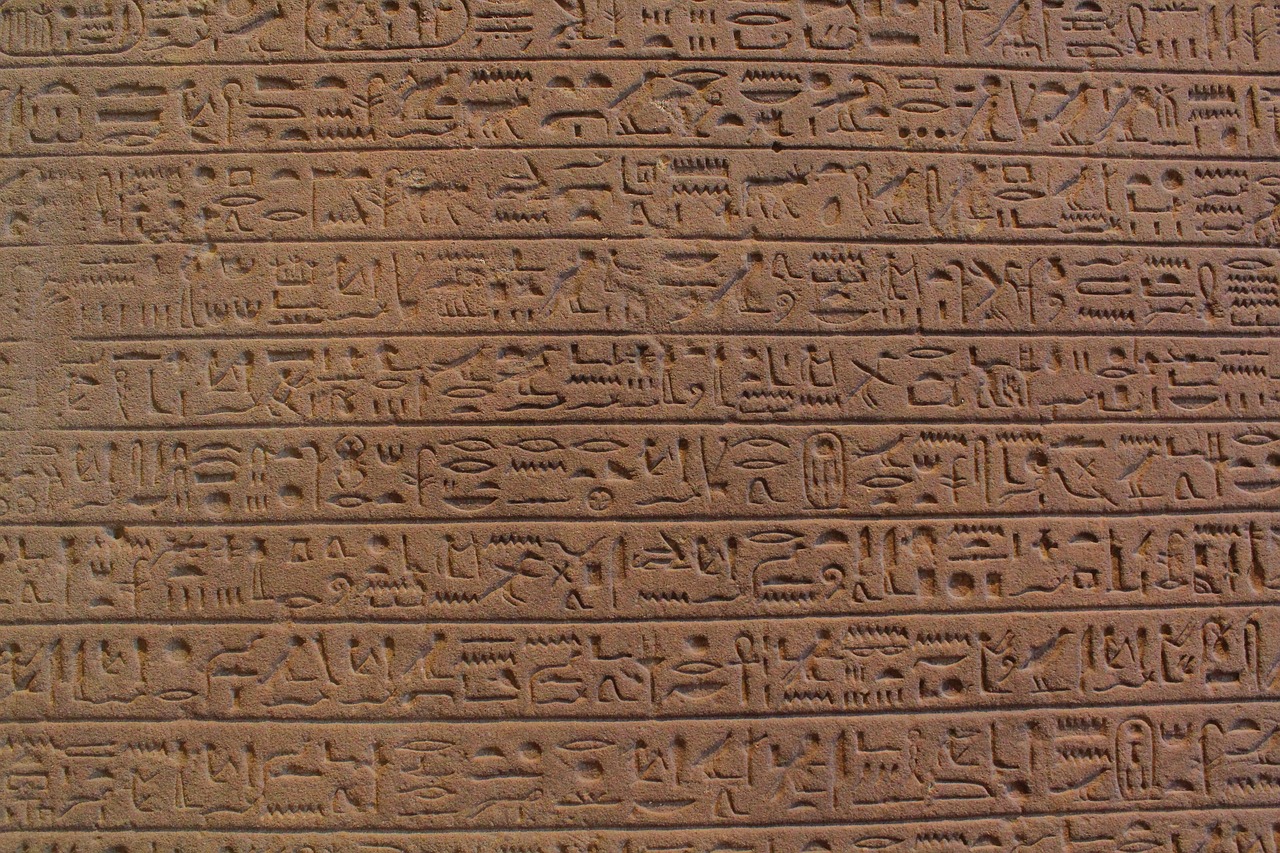
Religious Practices
Religious practices in Ancient Egypt were deeply intertwined with their daily lives, influencing everything from governance to agriculture. The Egyptians believed in a complex pantheon of gods and goddesses, each with specific roles and responsibilities. The concept of Ma'at, representing truth, balance, and order, was central to their religious beliefs, guiding their moral and ethical principles.
One of the most intriguing aspects of Ancient Egyptian religion was the elaborate funerary practices aimed at ensuring a smooth transition to the afterlife. The process of mummification, elaborate tombs, and burial rituals reflected their belief in the preservation of the body for the soul's journey in the afterlife. The Book of the Dead, a collection of spells and prayers, was essential for guiding the deceased through the trials of the underworld.
The temples dedicated to various deities served as centers of worship and ritual ceremonies. Priests played a crucial role in performing religious rites, maintaining temple activities, and interpreting divine will. Offerings, prayers, and festivals were common ways for the Egyptians to honor their gods and seek their favor for prosperity and protection.
Astrology and astronomy also held significant importance in Ancient Egyptian religious practices. The alignment of temples and pyramids with celestial bodies demonstrated their belief in the connection between the earthly and divine realms. The annual flooding of the Nile River was seen as a divine blessing from the god Hapi, ensuring fertility and abundance for the land.
The religious practices of Ancient Egypt were not only a means of spiritual expression but also a reflection of their societal values and cultural identity. The intricate rituals, symbolic imagery, and mythological narratives continue to fascinate scholars and enthusiasts, offering a glimpse into the rich tapestry of beliefs that shaped one of the world's most enduring civilizations.

Technological Advancements
Ancient Egypt was not only a hub of artistic and architectural marvels but also a cradle of technological innovations that laid the foundation for future advancements. The ingenuity of the ancient Egyptians extended to various fields, including medicine, engineering, and astronomy, showcasing their remarkable problem-solving skills and creativity.
One of the most significant technological contributions of Ancient Egypt was the development of papyrus, a writing material derived from the papyrus plant. This innovation revolutionized communication and record-keeping, enabling the preservation of knowledge and information for future generations. The durability and versatility of papyrus made it an invaluable tool in the dissemination of literature, legal documents, and religious texts.
In the realm of medicine, Ancient Egyptians made noteworthy advancements by documenting various medical conditions, treatments, and surgical procedures. Their expertise in anatomy and pharmacology allowed them to treat ailments ranging from common illnesses to more complex diseases. The Edwin Smith Papyrus, a medical text dating back to the 17th century BCE, provides insights into their diagnostic methods and surgical practices, demonstrating a sophisticated understanding of the human body.
Astronomy also flourished in Ancient Egypt, with the civilization's astronomers making significant observations and developing calendars based on celestial movements. The Egyptian calendar, known for its accuracy and alignment with agricultural cycles, played a crucial role in organizing religious festivals, agricultural activities, and administrative matters. By studying the stars and tracking celestial events, such as the annual flooding of the Nile River, the ancient Egyptians demonstrated a deep knowledge of astronomy and its practical applications.
Moreover, the construction of monumental structures like the Great Pyramid of Giza showcased the engineering prowess of the ancient Egyptians. The precise alignment of the pyramids with the cardinal points and the sophisticated construction techniques employed in their building reflect a mastery of mathematics, geometry, and architectural planning. These architectural feats not only served as monumental tombs for the pharaohs but also stand as enduring testaments to the technological achievements of Ancient Egypt.
Overall, the technological advancements of Ancient Egypt not only propelled the civilization forward in various fields but also laid the groundwork for future innovations that would shape the course of human history. From pioneering writing materials to advancing medical knowledge and mastering astronomical observations, the legacy of ancient Egyptian technology continues to inspire and influence modern society in profound ways.
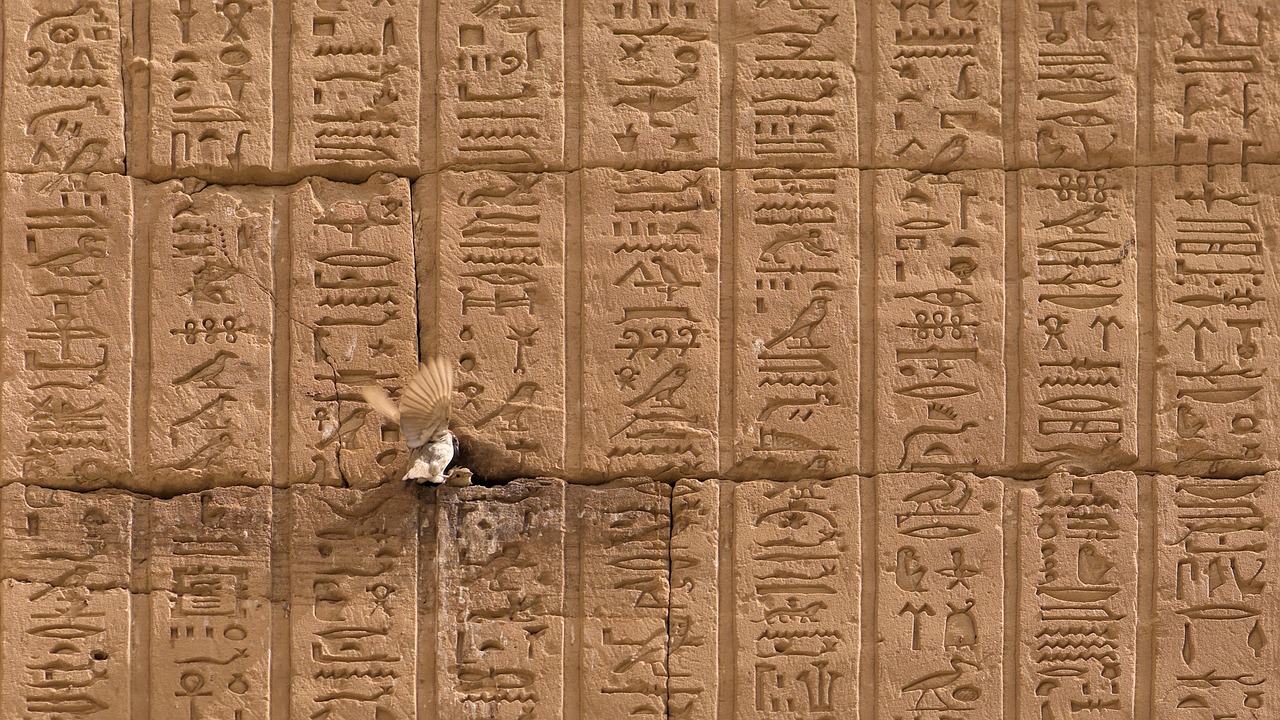
Cultural Influence
Ancient Egypt's cultural influence transcends time, leaving an indelible mark on civilizations near and far. The rich tapestry of Egyptian customs, language, and traditions has woven its way into the fabric of global culture, resonating in art, fashion, and storytelling.
The allure of Ancient Egypt's mystique has sparked fascination beyond its borders, with neighboring regions and distant lands embracing elements of its heritage. From the enigmatic hieroglyphics adorning artifacts to the majestic imagery of pharaohs and deities, the legacy of Ancient Egypt continues to inspire and captivate.
Through trade routes and conquests, Egyptian cultural motifs spread like ripples in a vast ocean, influencing artistic expression and societal norms. The echoes of ancient rituals and beliefs reverberate in contemporary practices, illustrating the enduring impact of a civilization long past.
As modern-day artisans draw inspiration from the artistry of Ancient Egypt, a fusion of old and new emerges in design and creativity. The symbols and motifs once reserved for temples and tombs now adorn fashion runways and museum exhibits, bridging the gap between antiquity and modernity.
The storytelling traditions of Ancient Egypt find new life in literature and cinema, where tales of pharaohs and gods capture the imagination of audiences worldwide. Through the lens of popular culture, the timeless allure of Ancient Egypt shines brightly, inviting exploration and interpretation.
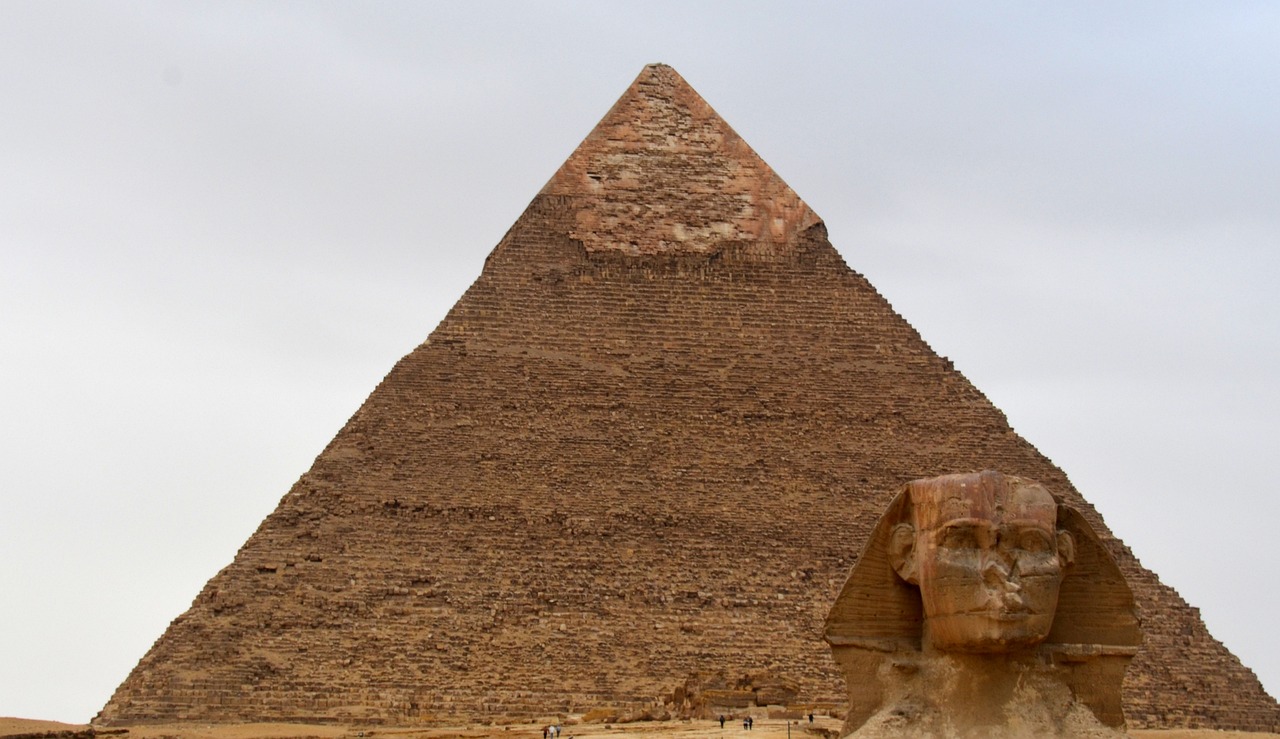
Legacy in Modern Egypt
Investigating the preservation efforts and cultural significance of Ancient Egyptian sites in present-day Egypt reveals a delicate balance between conservation and tourism. The country's heritage is intricately woven into its identity, with iconic landmarks like the Great Sphinx and the Valley of the Kings drawing visitors from around the globe. The meticulous restoration work undertaken by archaeologists and conservationists ensures that these ancient treasures are safeguarded for future generations to marvel at.
Moreover, the economic importance of these historical sites cannot be understated, as tourism plays a vital role in Egypt's economy. The influx of visitors eager to explore the mysteries of the pyramids and immerse themselves in the rich tapestry of Ancient Egyptian history generates revenue that supports local communities and sustains the upkeep of archaeological sites. This symbiotic relationship between heritage preservation and tourism underscores the enduring legacy of Ancient Egypt in modern times.
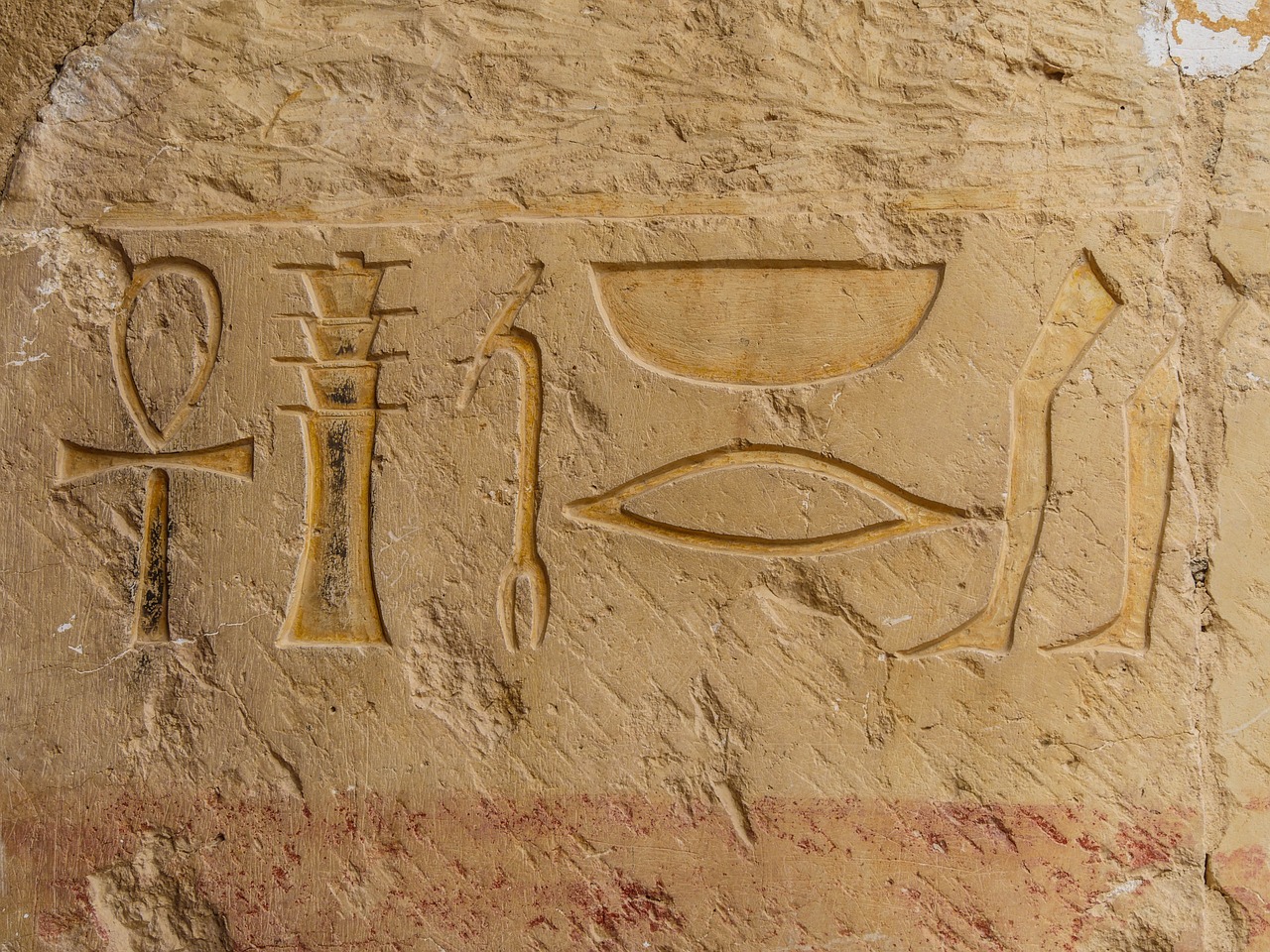
Global Recognition
When it comes to global recognition, Ancient Egypt stands as a beacon of fascination and intrigue for people worldwide. The allure of this ancient civilization transcends borders and time, captivating the imagination of individuals from all walks of life. Museums around the globe proudly display artifacts that offer a glimpse into Egypt's rich history, allowing visitors to connect with the past in a tangible way.
Ancient Egypt's influence extends beyond the confines of historical exhibitions, permeating popular culture in various forms. From blockbuster movies to bestselling novels, references to pharaohs, mummies, and hieroglyphics abound, keeping the mystique of Egypt alive in modern storytelling. The enduring appeal of Ancient Egypt in pop culture serves as a testament to the lasting impact of this remarkable civilization.
Moreover, the legacy of Ancient Egypt is not confined to the realm of entertainment and education. Scholars and archaeologists continue to uncover new discoveries that shed light on the complexities of Egyptian society, further deepening our understanding of the past. These ongoing excavations and research efforts ensure that Ancient Egypt remains a vibrant field of study that fuels curiosity and academic exploration.
As we marvel at the grandeur of the pyramids, decipher the secrets of hieroglyphics, and ponder the mysteries of the pharaohs, we are reminded of the enduring legacy of Ancient Egypt. Its global recognition serves as a testament to the timeless allure of a civilization that has left an indelible mark on the course of human history.

Historical Significance
The historical significance of Ancient Egypt cannot be overstated, as it stands as a monumental cornerstone in shaping the course of history. Through its art, architecture, religion, and technological advancements, Ancient Egypt influenced not only its contemporaries but also future civilizations for centuries to come. The legacy of Ancient Egypt transcends time, leaving a profound impact on the world.
Ancient Egypt's influence extended far beyond its borders, reaching neighboring regions and spreading its cultural practices, language, and traditions. The intricate belief system of Egyptian religion, with its pantheon of gods and goddesses, rituals, and ceremonies, provided a foundation for spiritual practices that resonated throughout the ancient world.
Moreover, the technological innovations of the Ancient Egyptians in fields such as medicine, engineering, and astronomy revolutionized ancient societies. Inventions like papyrus, the calendar, and architectural techniques showcased their advanced knowledge and skills, setting a standard for future civilizations to emulate.
The grandeur of the pyramids, temples, and tombs not only honored the pharaohs and their deities but also served as a testament to the engineering prowess of Ancient Egypt. These architectural marvels continue to captivate and inspire awe, drawing visitors from around the globe to witness their enduring legacy.
Ancient Egypt's historical significance is not confined to the past but resonates in the present, with ongoing preservation efforts and the cultural importance of Egyptian sites. Modern Egypt's identity is deeply intertwined with its ancient heritage, shaping its tourism industry and fostering a sense of pride in its rich history.
From museums housing priceless artifacts to pop culture references in movies and literature, the global fascination with Ancient Egypt endures. The timeless contributions of this ancient civilization continue to enrich our understanding of the past, inspiring awe and curiosity in people of all ages and backgrounds.
Frequently Asked Questions
- What are some famous Ancient Egyptian art pieces?
Ancient Egypt is renowned for its iconic art pieces such as the bust of Nefertiti, the Great Sphinx, and the golden mask of Tutankhamun. These masterpieces reflect the artistic sophistication and cultural richness of the civilization.
- How were the pyramids built?
The construction of the pyramids involved thousands of laborers working together under skilled supervision. The stones were quarried, transported, and placed with precision using advanced engineering techniques for the time, showcasing the ingenuity of Ancient Egyptian builders.
- What was the significance of the Nile River to Ancient Egypt?
The Nile River was the lifeblood of Ancient Egypt, providing fertile land for agriculture, transportation, and sustenance. It played a central role in the civilization's prosperity and cultural development, shaping their beliefs and daily life.
- How did Ancient Egyptians view the afterlife?
Ancient Egyptians believed in an afterlife where the soul would journey through various challenges and ultimately reach paradise. The elaborate funerary practices, including mummification and burial rituals, aimed to ensure a successful transition to the next world.
- What technological advancements did Ancient Egyptians make?
Ancient Egyptians made significant technological advancements in areas such as medicine, architecture, and astronomy. They invented tools, developed medical treatments, and created architectural marvels that influenced future civilizations.



















